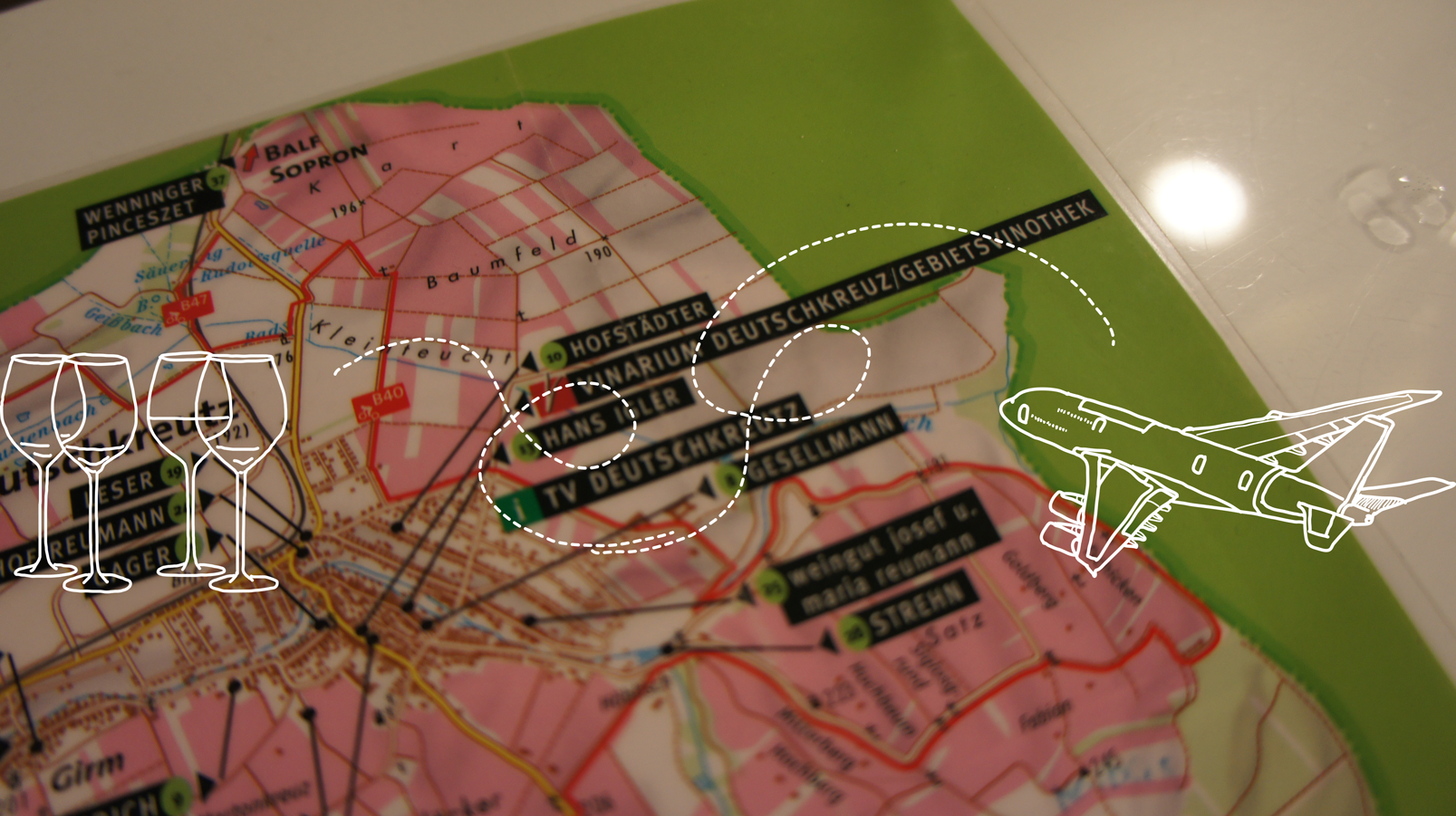Austria’s Wachau winegrowing region, overlooking the Danube River.
Austrian wine still seems to be somewhat of an insiders’ secret. But this country of just over 8 million people is the 17th largest wine-producing nation in the world (more than New Zealand, but less than Russia, Greece, and Brazil), producing native white grapes like the green appley Gruner Veltliner (the sommeliers’ darling over the past few years); red grapes like big, bold Blaufrankisch, earthy St. Laurent, and spicy, cherry Zweigelt, a cross of St. Laurent and Blaufrankisch; and luscious sweet wines called Ruster Ausbruch. The problem is that Austrian wine is still rather tough to find outside of Austria – less than 28 percent of all wine produced is exported (mainly to Germany, with the US their fourth largest export partner), which is a shame since they’re making some pretty exceptional wines.
Thanks to the Austrian Wine Marketing Board, we were able to spend four amazing days visiting Austrian winemakers this October – two days in the steep slopes of the white winegrowing regions on the Danube River west of Vienna called the Wachau, Kamptal, and Kremstal, and two days in the flatter primarily red regions east and south of Vienna called Caruntum and Burgenland, with a special stop to taste the sweet, botrytis-influenced wines of the Neusiedlersee.
We tasted some great (and some still good, but not as great) wines, ate fabulous food (lots of goose, cabbage, lentils, and apricot dumplings), and met some of the nicest people we’ve encountered anywhere on our wine travels. Since most Austrian wineries are family-run, today many are being managed by the youngest generation – enthusiastic winemakers in their 20s and 30s focusing on high-quality, single varietals, with a huge emphasis on the soils that make their wines unique.
We’ll highlight some of our favorite visits in subsequent posts and videos – and we hope to get back to this welcoming country again to spend even more time exploring the unique, terroir-driven wines that Austria’s talented winemakers are producing.


